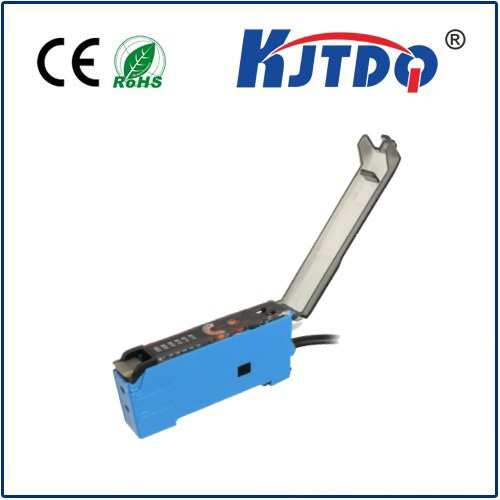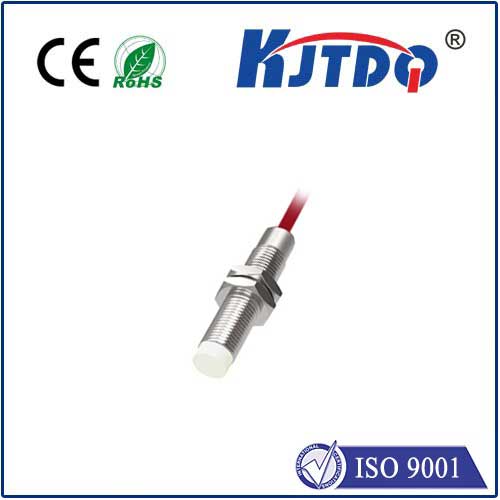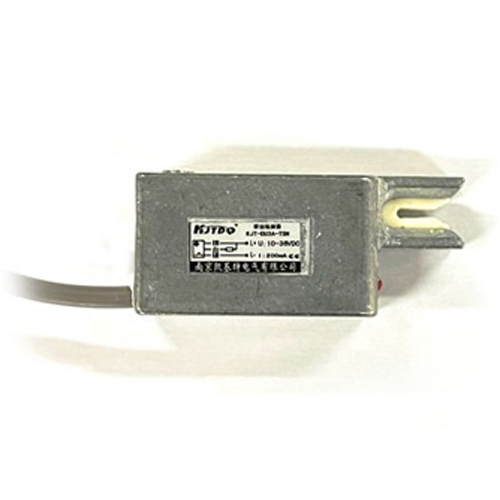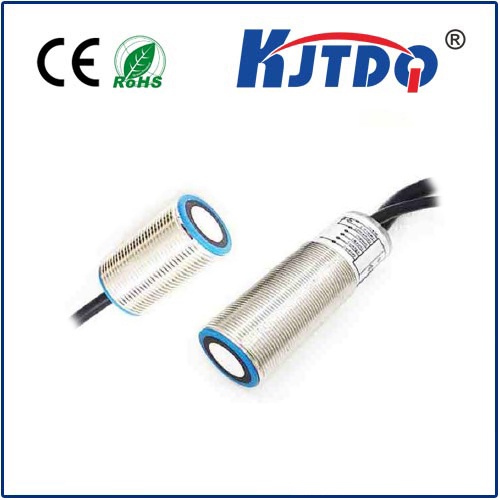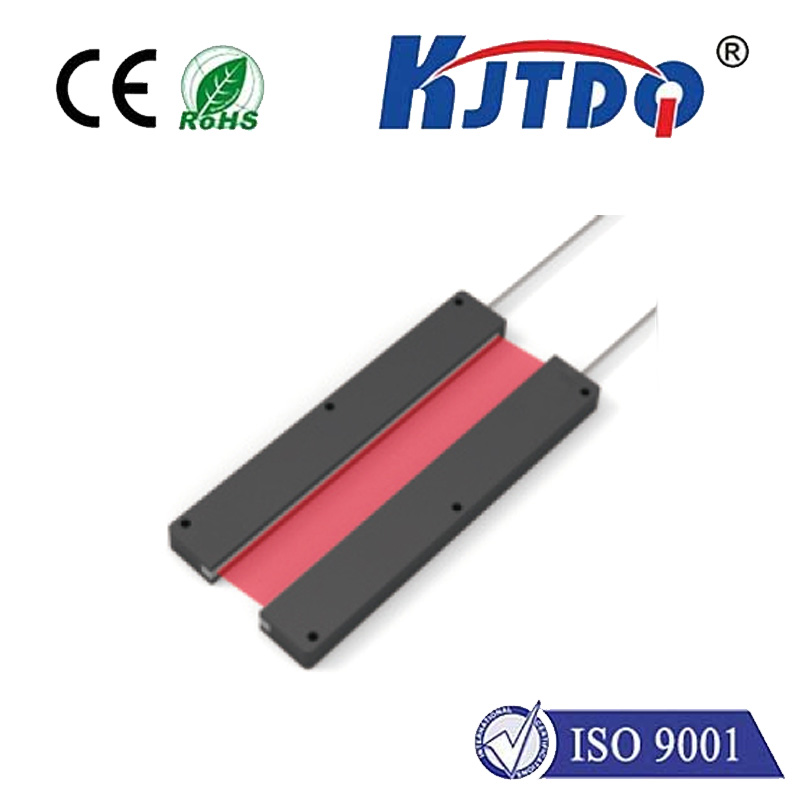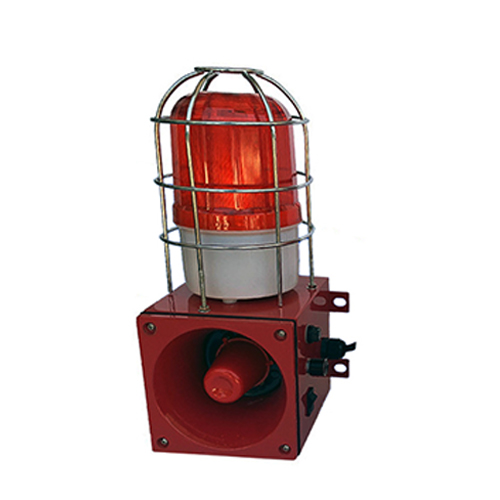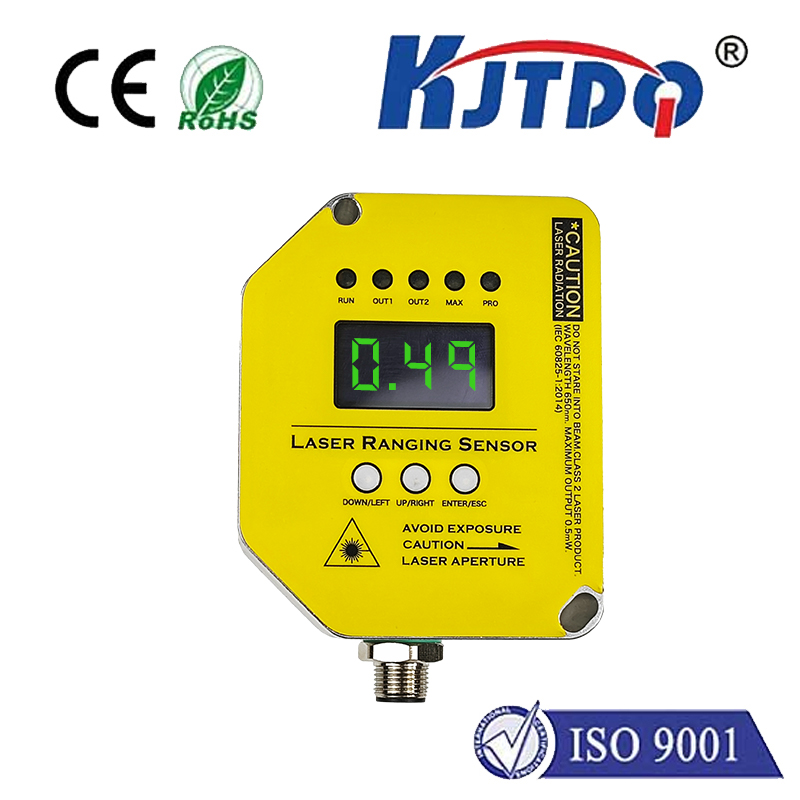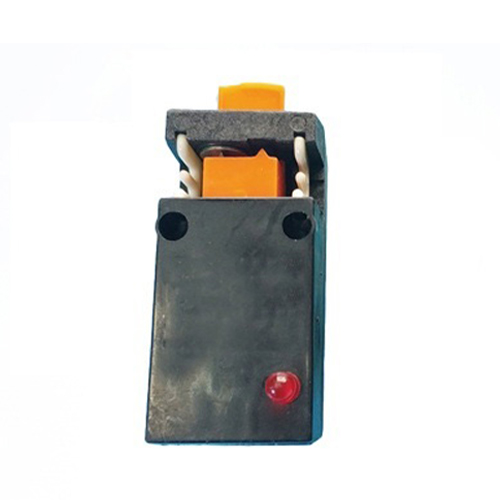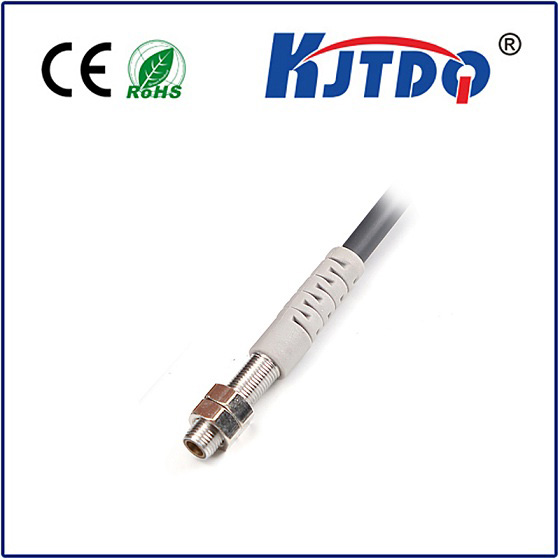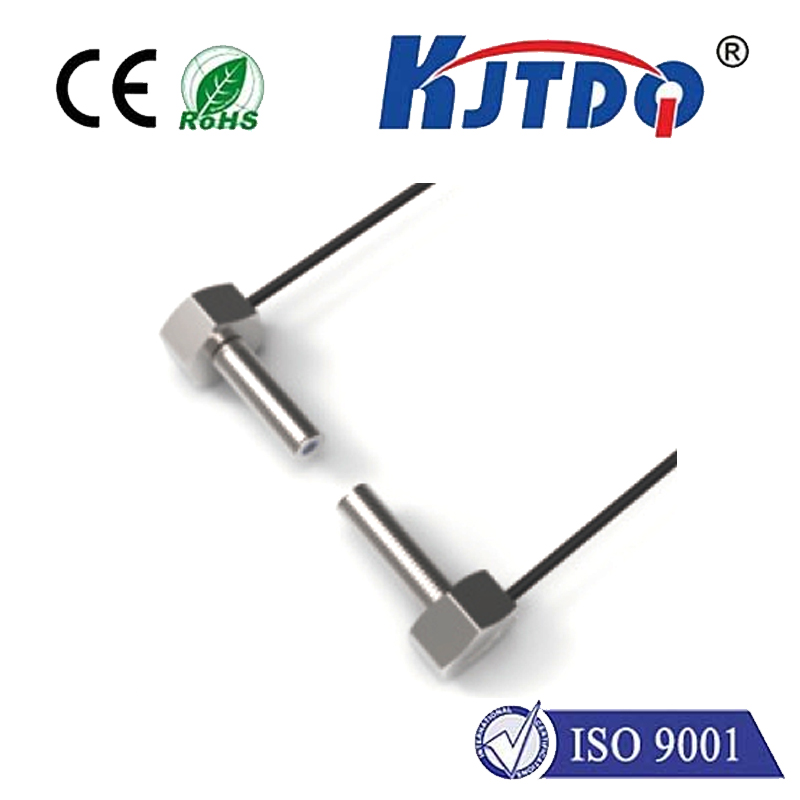emergency limit switch
- time:2025-08-04 12:29:20
- Click:0
Emergency Limit Switches: Your Last Line of Defense Against Machinery Hazards
Imagine a robotic arm on an assembly line suddenly malfunctions, lurching violently towards a maintenance technician. Or picture a massive industrial press descending uncontrollably, long after the operator released the control. In these terrifying split seconds, a small, often overlooked component becomes the silent hero: the emergency limit switch. More than just a sensor, it’s the critical, fail-safe mechanism standing between routine operation and catastrophic failure, injury, or worse. Understanding its vital role is non-negotiable for anyone responsible for industrial safety and machine reliability.
What Exactly is an Emergency Limit Switch?
At its core, an emergency limit switch is a specially designed safety device that monitors the physical position or movement of machinery. Its primary, non-negotiable function is to immediately halt dangerous motion by cutting power or engaging a brake when a machine exceeds its predefined safe operating limits. This is fundamentally different from standard operational limit switches used for routine sequencing or positioning.
Think of it like this:
- Operational Limit Switch: Tells the machine, “Okay, you’ve reached point A, now perform the next step in your programmed sequence.”
- Emergency Limit Switch: Shouts, “STOP! You’re going too far/fast! Shut down NOW!” overriding all other commands to force a safe state.
Why Can’t We Just Use Regular Switches?

The distinction lies in design intent, construction, and reliability:
- Fail-Safe Operation: Emergency limit switches are built with positive opening mechanisms. This means a spring or gravity forces the contacts apart (opening the circuit to stop the machine) even if the switch itself suffers internal failure, like a welded contact or broken spring. Regular switches might fail “closed,” leaving the machine dangerously operational.
- High Reliability & Robustness: They are engineered for harsh environments – resistant to shock, vibration, dust, moisture, and extreme temperatures – where failure is not an option.
- Direct Opening Action: Compliant with safety standards like ISO 13850, the switch mechanism ensures electrical contacts separate directly through the actuator’s movement, without relying on intermediate components that could fail.
- Redundancy (Often): In high-risk applications (like presses or robotics), multiple emergency limit switches are frequently wired in series (redundancy) so that any single switch triggering causes a stop, significantly enhancing safety integrity.
Where Are Emergency Limit Switches Absolutely Critical?
Their core value is in protecting personnel and equipment when mechanical safeguards fail or human error occurs. Key applications include:
- Machine Guarding: Integrated with safety interlocks on guards and gates. If a guard is opened while danger is present, the switch instantly stops the machine. This is paramount for preventing access to moving parts during operation.
- Over-Travel Protection: Preventing crane trolleys, gantries, lifts (elevators), linear actuators, or robotic arms from crashing violently into their end stops or adjacent structures. Hard over-travel can cause severe mechanical damage or structural failure.
- Press Brake & Punch Press Safety: Ensuring the ram stops its descent immediately if a safeguard like a light curtain is breached or if the ram exceeds its safe stroke limit. Pinch and crush hazards here are extremely severe.
- Position Verification: Confirming critical safety components (like machine clamps, barriers, or ejection systems) are securely in their safe position before allowing a hazardous cycle to begin. Missing a position check can allow a machine to cycle unsafely.
Choosing the Right Emergency Limit Switch: It’s Not Guesswork
Selecting the appropriate switch is crucial for effective protection. Key factors include:
- Application Risk: What are the potential consequences of failure? Higher risk demands higher integrity switches (e.g., with redundancy).
- Safety Standards Compliance: Ensure the switch meets relevant standards for your region and industry (e.g., ISO 13849-1⁄2, IEC 62061, ANSI B11, NFPA 79). Look for ratings like Category (Cat) and Performance Level (PL).
- Environmental Conditions: Will it face extreme temperatures? Washdowns? Corrosive chemicals? Heavy dust? Choose the right IP (Ingress Protection) rating and material (e.g., stainless steel for harsh environments).
- Actuation Method: What will physically trigger the switch? Roller plunger, lever arm (wobble stick), rope pull, cam? The actuator must reliably engage under all potential fault conditions.
- Electrical Ratings: Ensure the switch contacts can handle the required voltage, current (both normal and in-rush), and switching frequency of your safety circuit.
- Mounting & Adjustment: Can it be securely mounted and precisely adjusted for accurate triggering within the required tolerance?
Installation & Maintenance: Ensuring Reliability Over Time
Even the best emergency limit switch is useless if improperly installed or neglected:
- Secure Mounting: The switch must be rigidly mounted to prevent movement, vibration, or accidental dislodgement that could affect its trigger point. Loose mounting can lead to inconsistent operation or failure.
- Precise Alignment & Adjustment: The actuator must engage reliably and consistently exactly at the designated safe limit position. Under-travel leaves danger zones; over-travel risks damage before triggering. Thorough commissioning testing is vital.
- Regular Functional Testing: This isn’t optional. Routine testing (frequency depends on risk and environment – often weekly or monthly) is essential to verify the switch still operates correctly and forces the machine into a safe state. Follow lockout/tagout (LOTO) procedures!
- Visual Inspection: Regularly check for physical damage, corrosion, buildup of dirt/debris obstructing movement, loose connections, and signs of wear on actuators or cams. Preventive maintenance catches problems before they cause failure.
- Documentation: Keep clear records of installation, adjustments, tests performed, and any maintenance done. Traceability is key for safety audits and incident investigation.
Conclusion: An Investment in Safety That Pays Dividends
The emergency limit switch isn’t just another component on a bill of materials. It’s a meticulously engineered safety sentinel, a fundamental layer of protection within the machinery safety hierarchy. By understanding its critical purpose – to provide a reliable, independent, fail-safe stop when boundaries are breached – specifying, installing, and maintaining these devices correctly becomes an imperative. Neglecting this crucial element is a gamble no responsible operation can afford. Investing in the right emergency limit switch and a robust maintenance program isn’t just about compliance; it’s an unequivocal commitment to protecting people, preventing costly damage, and ensuring the smooth, sustainable operation of your valuable industrial assets. They are truly the unsung heroes, silently standing guard as the last line of defense against machinery’s potential dangers.






